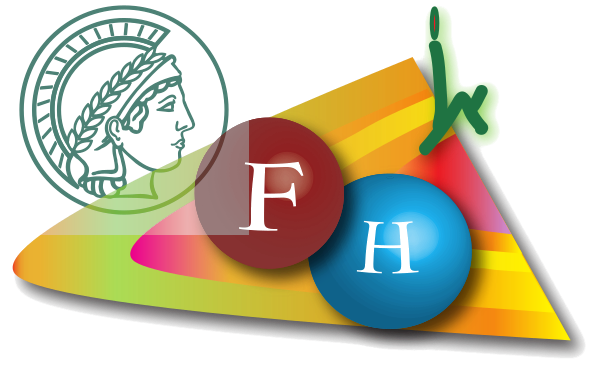
Mini Turtoial: The quantum chemistry of excited electronic states and open-shell species
Anna I. Krylov, University of Southern California, Los Angeles, California
Sunday, January 8, 2023, 10:00-13:00 AM, Los Angeles Seminar Room
Abstract: This tutorial will focus on electronic structure of electronically excited and open-shell species. A basic familiarity with quantum chemistry (molecular orbital theory, Hartree-Fock method, DFT)
is expected. The tutorial will focus on correlated methods. I will begin with reviewing coupled-
cluster hierarchy of approximations to the ground-state wave function and discuss the domain of
applicability and failures of the coupled-cluster theory. I will then introduce equation-of-motion
coupled-cluster (EOM-CC) ansatz and discuss its main features. I will use examples of open-shell
and electronically excited states to illustrate the capabilities of the EOM-CC approach to electron
correlation problem. Several recent extensions of the theory will be discussed (methods for core-
level states and electronic resonances). I will conclude by discussing calculation of molecular
properties and wave-function analysis tools.
The participants will be offered optional computational exercises, which they can complete at their
free time using IQmol/Q-Chem software.
References
[1] T. Helgaker, P. Jorgensen, J. Olsen, Molecular Electronic Structure Theory (Wiley & Sons, 2000).
[2] R. J. Bartlett, The Coupled-Cluster Revolution, Mol. Phys. 108 2905 (2010).
[3] A. I. Krylov, Equation-of-Motion Coupled-Cluster Methods for Open-Shell and Electronically Excited Species:
The Hitchhiker’s Guide to Fock Space, Ann. Rev. Phys. Chem. 59 433 (2008).
[4] A. I. Krylov, The Quantum Chemistry of Open-Shell Species, Reviews in Comp. Chemistry 30 151 (2017).
[5] F. Plasser, A.I. Krylov, and A. Dreuw, Libwfa: Wavefunction Analysis Tools for Excited and Open-Shell
Electronic States, WIRES Comp. Mol. Sci. e1595 (2022).
[6] A. I. Krylov, From Orbitals to Observables and Back, J. Chem. Phys. 153 080901 (2020).
[7] IQmol tutorials and hands-on exercises of various levels: https://www.q-chem.com/learn/

